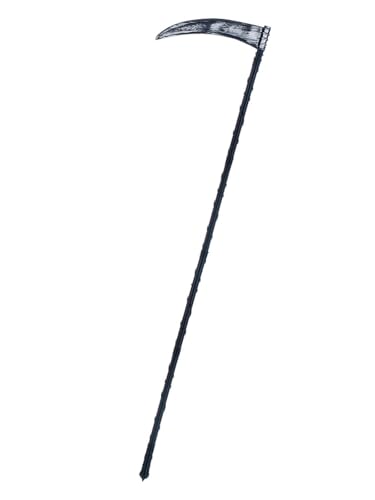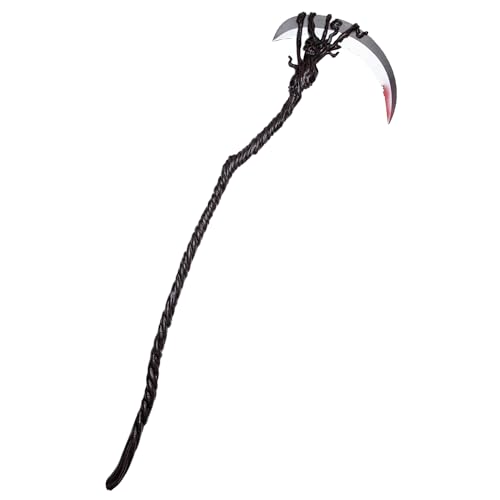The Origins of Scythes
The scythe has a long and fascinating history that dates back thousands of years. Its origins can be traced to ancient times when humans began to cultivate land for farming. The scythe was a groundbreaking tool that revolutionized agriculture, making it more efficient and productive.
Ancient Scythes
The origins of the scythe can be traced back to ancient civilizations such as Mesopotamia and Egypt. In Mesopotamia, the tool was used for harvesting crops such as barley and wheat. The first evidence of the scythe in ancient Mesopotamia dates back to around 3000 BCE. The Egyptians also used scythes extensively in their agriculture, with depictions of the tool appearing in various murals and reliefs in tombs and temples.
The European Scythe
The scythe gained widespread popularity in medieval Europe, where it became the primary tool for harvesting grains. During the Middle Ages, European farmers used scythes to cultivate vast fields of crops, such as wheat and rye. The European scythe differed from its ancient counterparts in that it had a longer handle, allowing for more efficient and comfortable use.
The Industrial Revolution and the Decline of Scythes
The rise of mechanization during the Industrial Revolution brought about significant changes in agriculture. The scythe, once a vital tool for farmers, started to decline in popularity as more advanced tools and machines, such as the reaper, were introduced. The reaper, invented by Cyrus McCormick in the early 19th century, allowed for faster and more mechanized harvesting, rendering the scythe less necessary.
Modern Scythes and Scything
Today, scythes are still used in some parts of the world, particularly in regions where traditional farming methods are still practiced. They continue to be used for cutting grass and hay, as well as for maintaining meadows and pastures. Additionally, scything has gained popularity as a form of exercise and a means of maintaining landscapes in a more environmentally friendly way. Scythe enthusiasts and practitioners advocate for its efficiency and low environmental impact.






